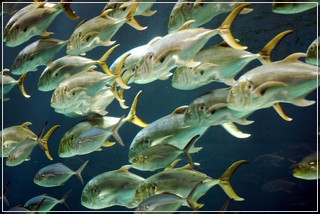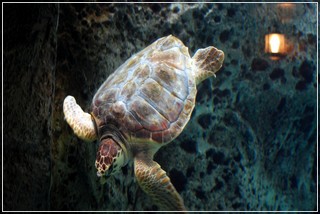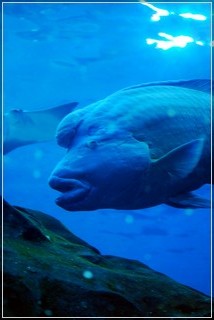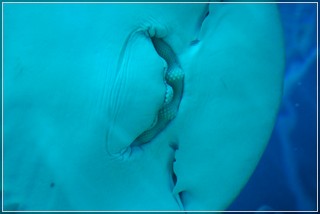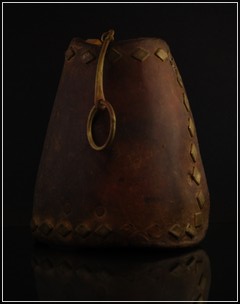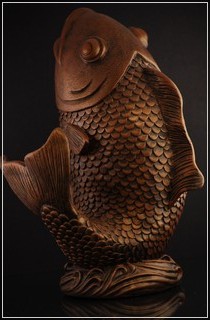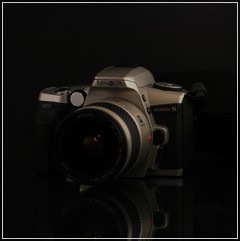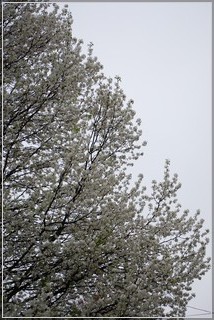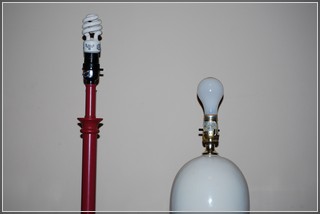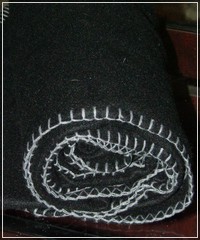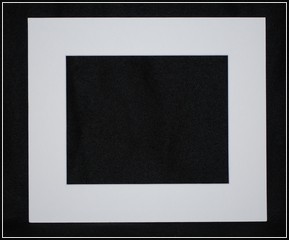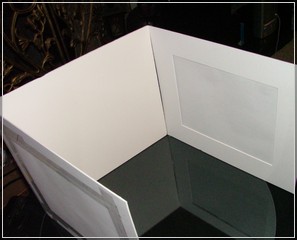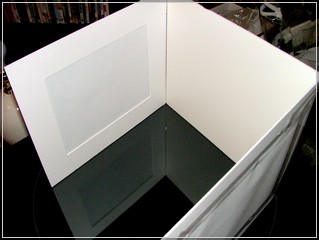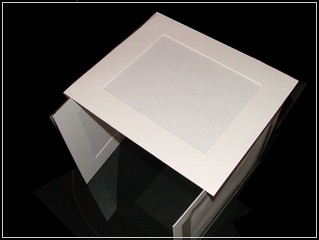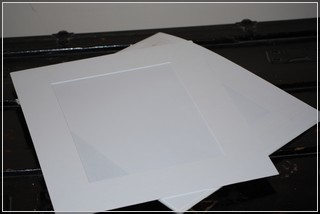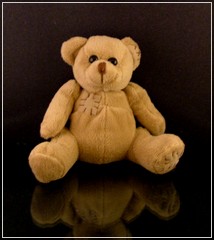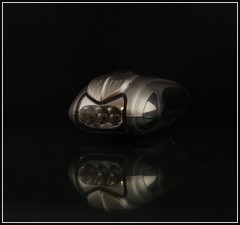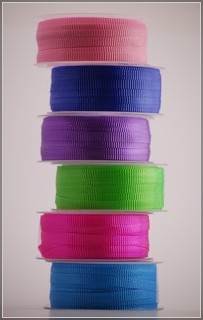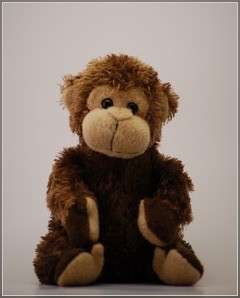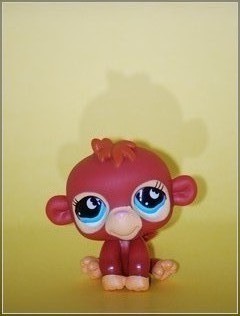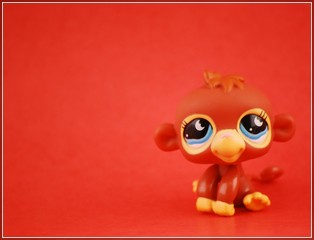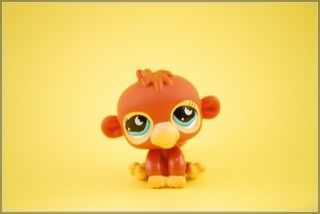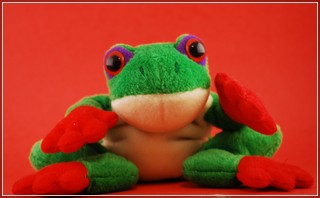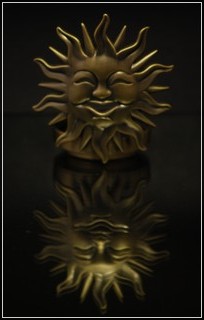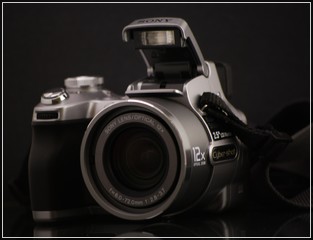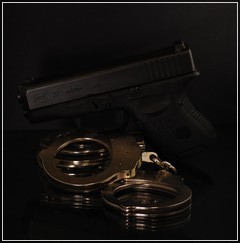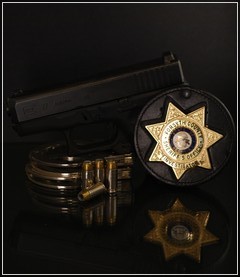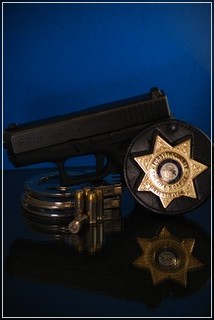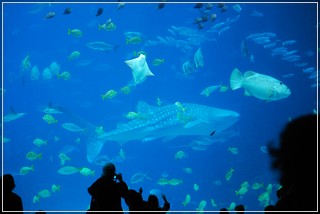 | So far one of the most difficult places to make good shots for me has been inside the Georgia Aquarium. There are so many different environmental variables that I took over 700 shots and only |
got about 20 that were even worth printing. Some things I learned are: |
| ::Use the highest ISO possible and the finest jpeg or RAW setting available on your camera. |
::Avoid flash if at all possible. In the event that you have to use a flash, shoot at an angle to the glass. |
::Be prepared to hang around at each exhibit longer than most other guests in order to get a clear shot without bystanders. |
::Be mindful of other guests and creatures. Some of the inhabitants are "camera shy". |
Here's a few of the shots that came out the best. You can see more on my Flickr Photostream. |
|
|
|
|
|
|

